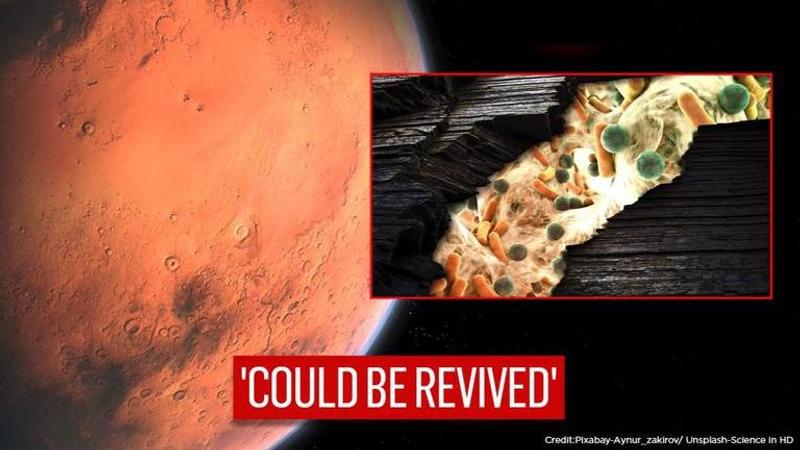Published 17:44 IST, February 23rd 2021
Earth microbes could survive on Martian surface, says a new study
A new study by NASA and German Aerospace Center revealed that one microbe called the black mold Aspergillus could be revived.

A new study by NASA and German Aerospace Center published in the journal Frontiers in Microbiology, revealed that one microbe detected on the International Space Station, called the black mold Aspergillus niger, could be revived. According to the study, few microbes found on Earth may temporarily survive on the surface of Mars. As a part of the study, the researchers tested the endurance of microorganisms to Martian conditions by launching them into the stratosphere. The study helps in understanding the threat microbes can cause to space missions. Also, it helps in understanding the opportunities of resource independence from Earth.
Testing bacterias
Marta Filipa Cortesao, joint first author of the study from the German Aerospace Center said, “We successfully tested a new way of exposing bacteria and fungi to Mars-like conditions by using a scientific balloon to fly our experimental equipment up to Earth's stratosphere. Some microbes, in particular spores from the black mold fungus, were able to survive the trip, even when exposed to very high ultraviolet (UV) radiation". When looking for extraterrestrial life, the scientists need to be sure about anything that they discover.
Various characteristics of the environment at the Martian surface cannot be found on Earth. However, the conditions are remarkably similar. Cortesao explained that the team of scientists launched microbes into the stratosphere inside the MARSBOx (Microbes in Atmosphere for Radiation, Survival and Biological Outcomes experiment) payload. It was kept at Martian pressure and filled with an artificial Martian atmosphere throughout the mission. He said, “The box carried two sample layers, with the bottom layer shielded from radiation”.
This helped the researchers in separating the effects of radiation from the other tested conditions, including, desiccation, atmosphere, and temperature fluctuation during the flight. Also, the samples of top layers were exposed to more than a thousand times more UV radiation than levels that can cause our skin to sunburn. Joint first author Katharina Siems, also based at the German Aerospace Center, said, “With crewed long-term missions to Mars, we need to know how human-associated microorganisms would survive on the Red Planet, as some may pose a health risk to astronauts. In addition, some microbes could be invaluable for space exploration. They could help us produce food and material supplies independently from Earth, which will be crucial when far away from home”.
Updated 17:44 IST, February 23rd 2021



